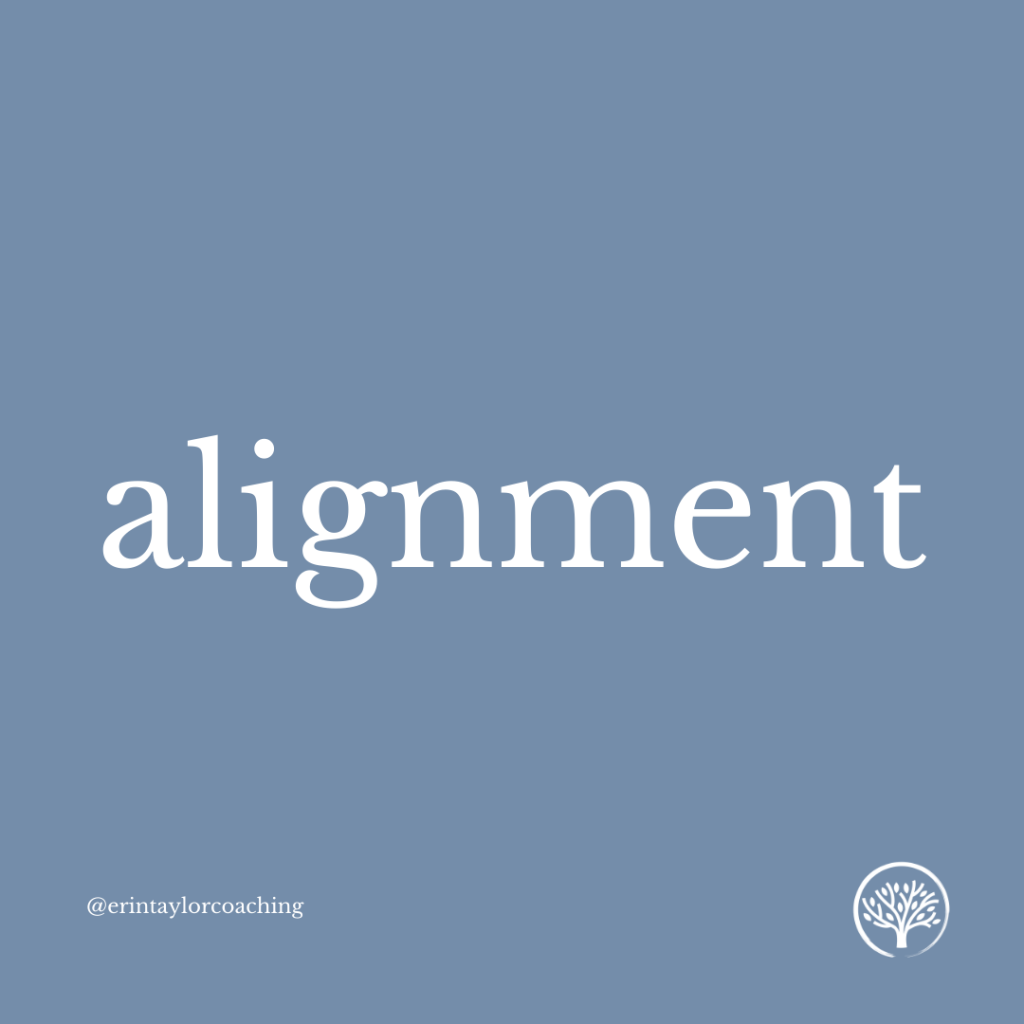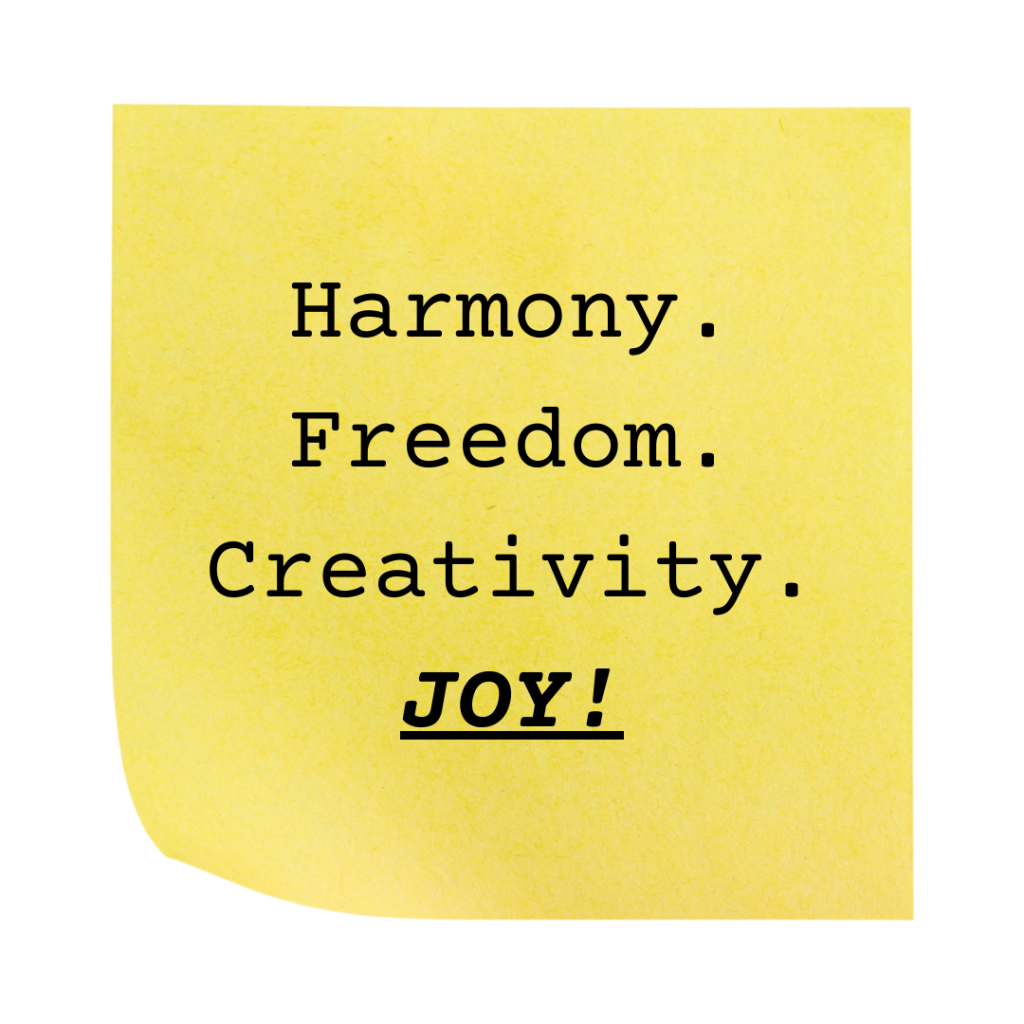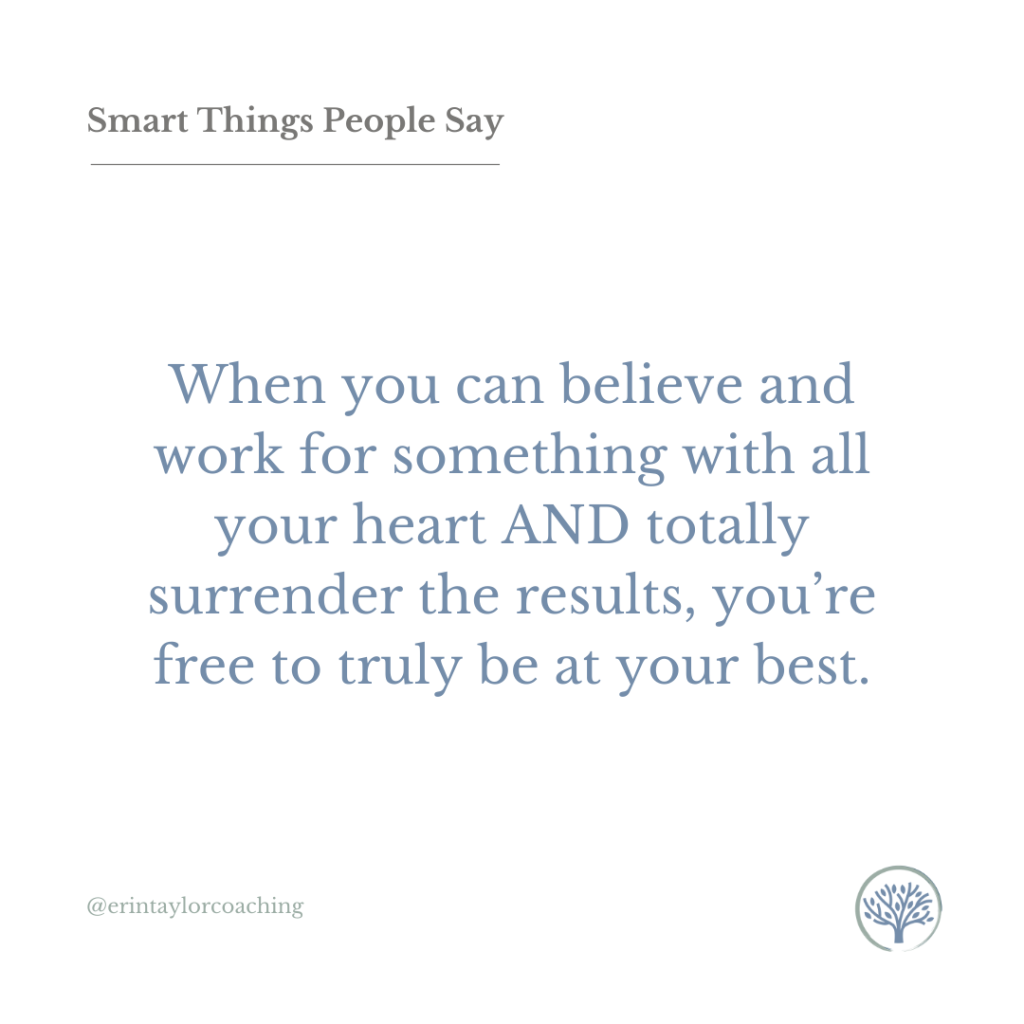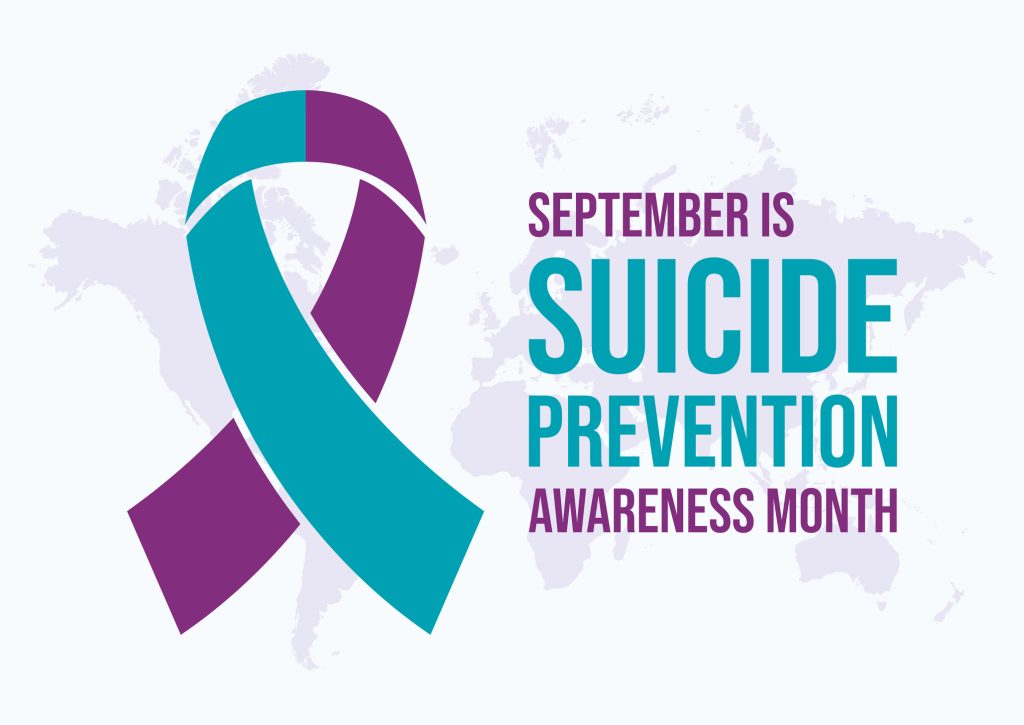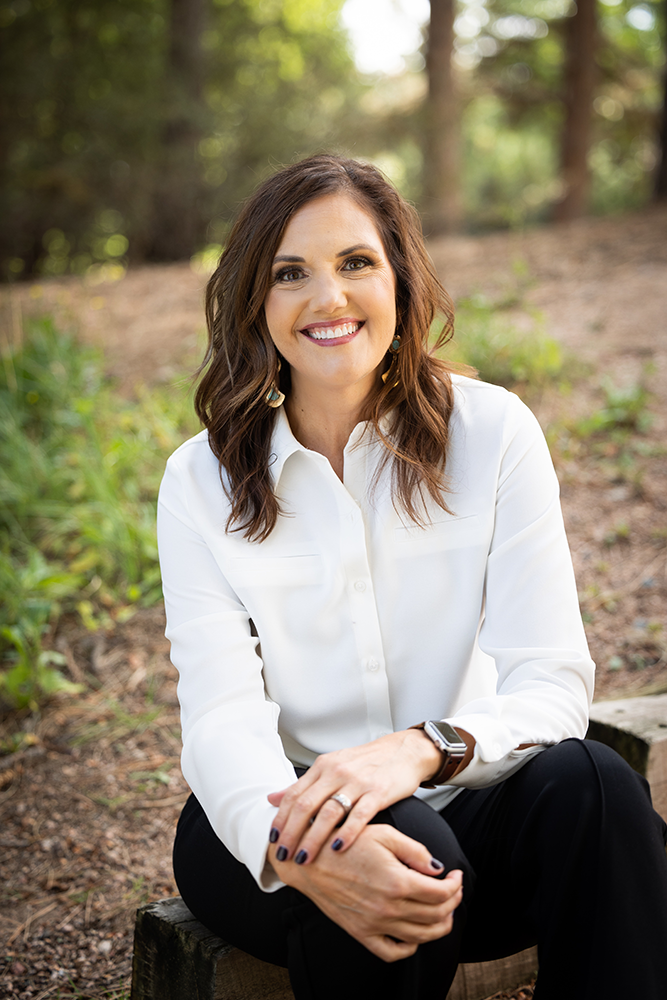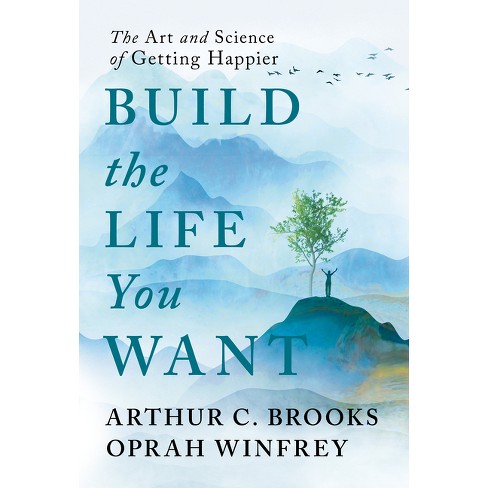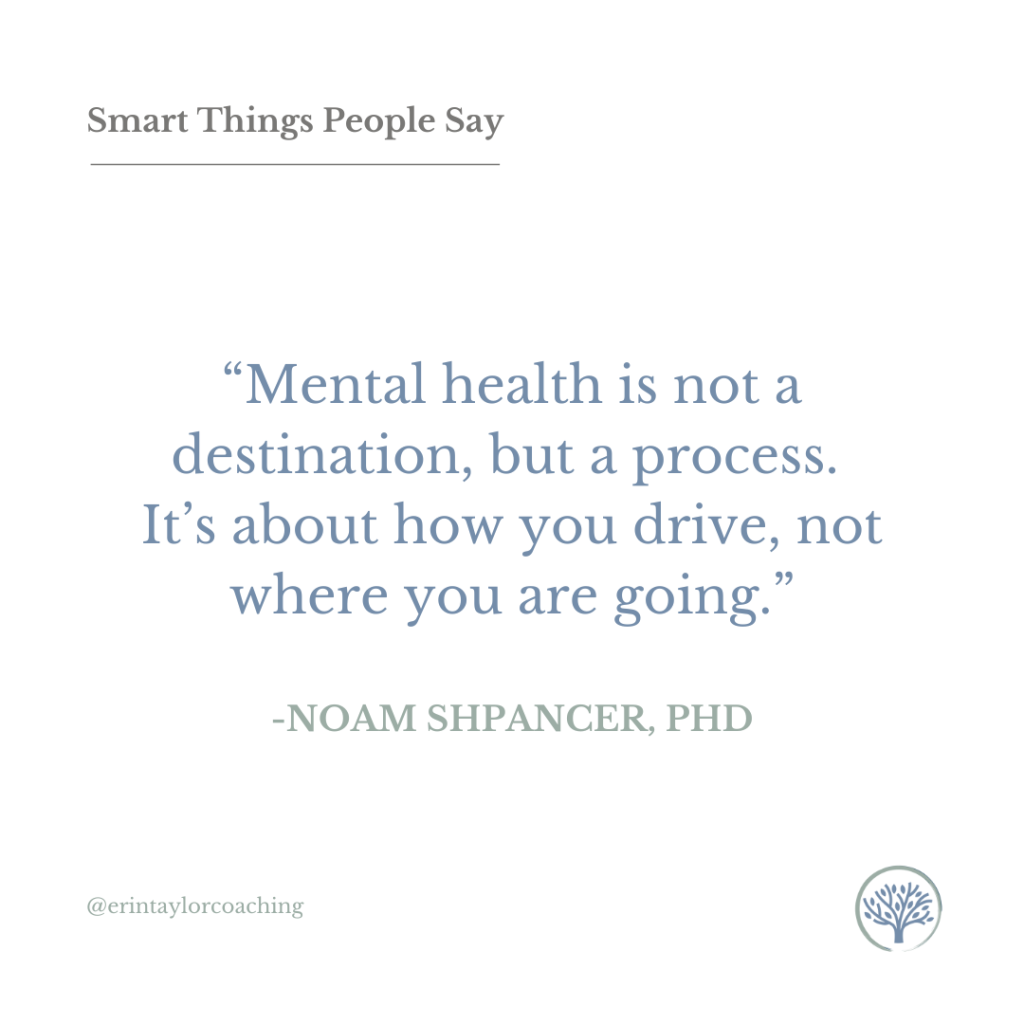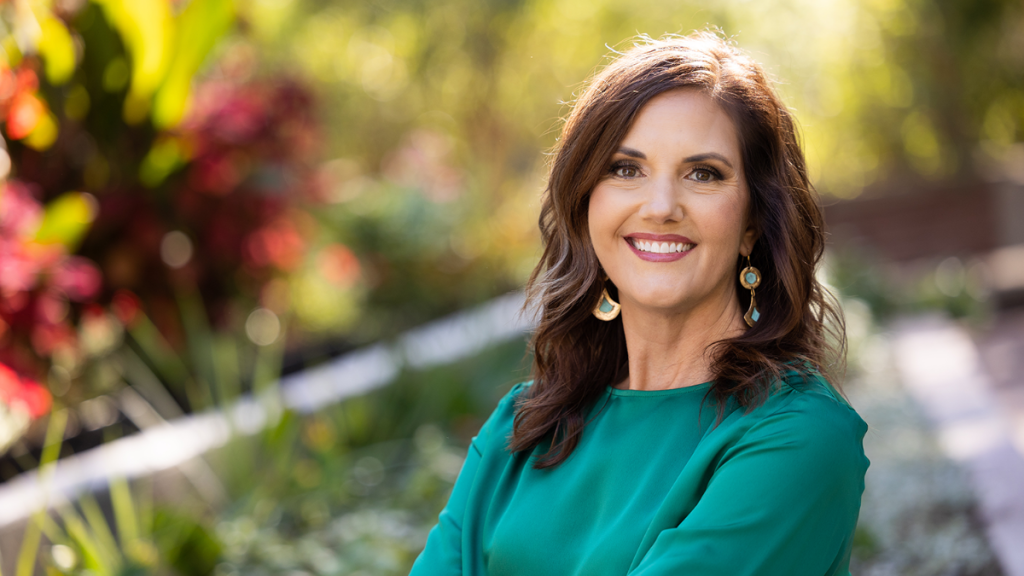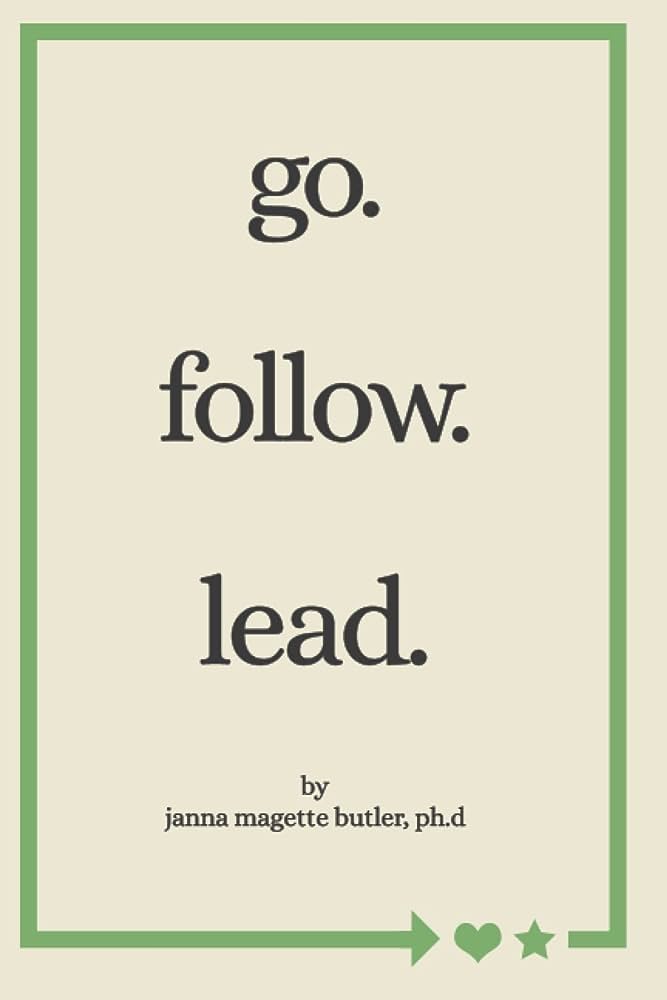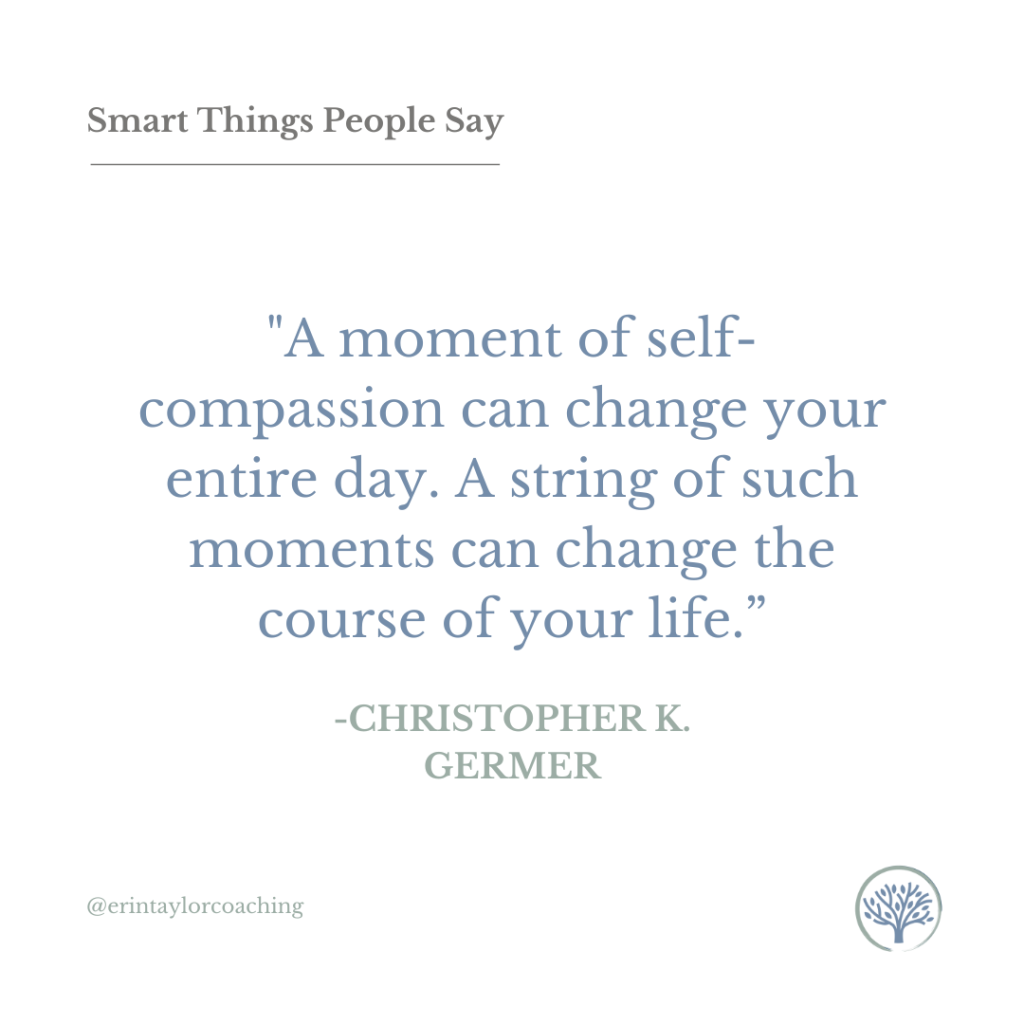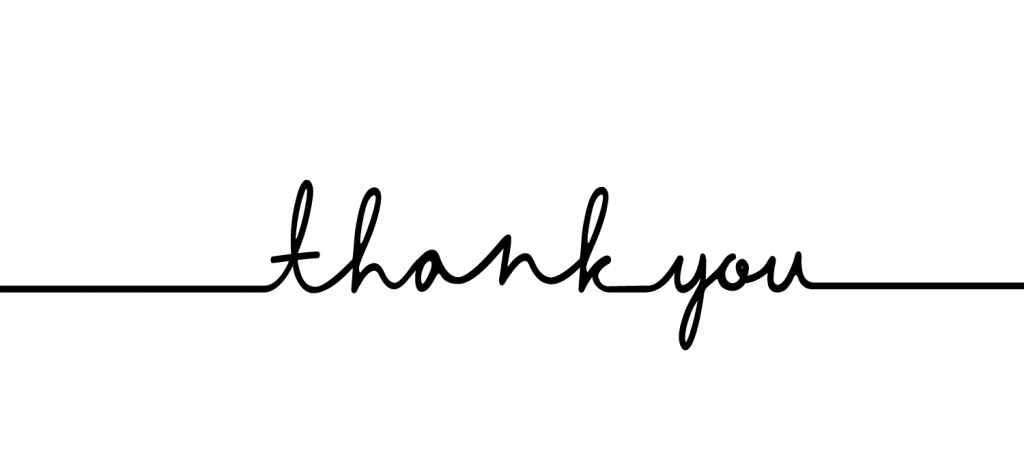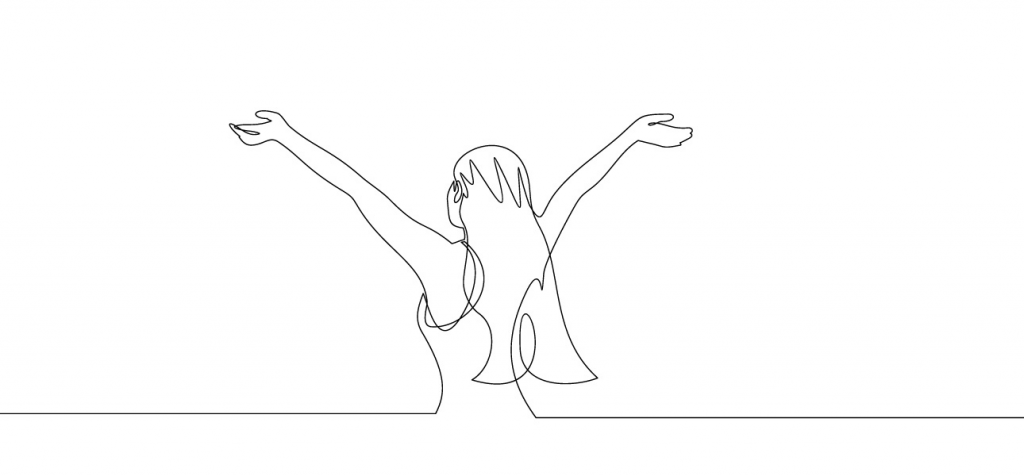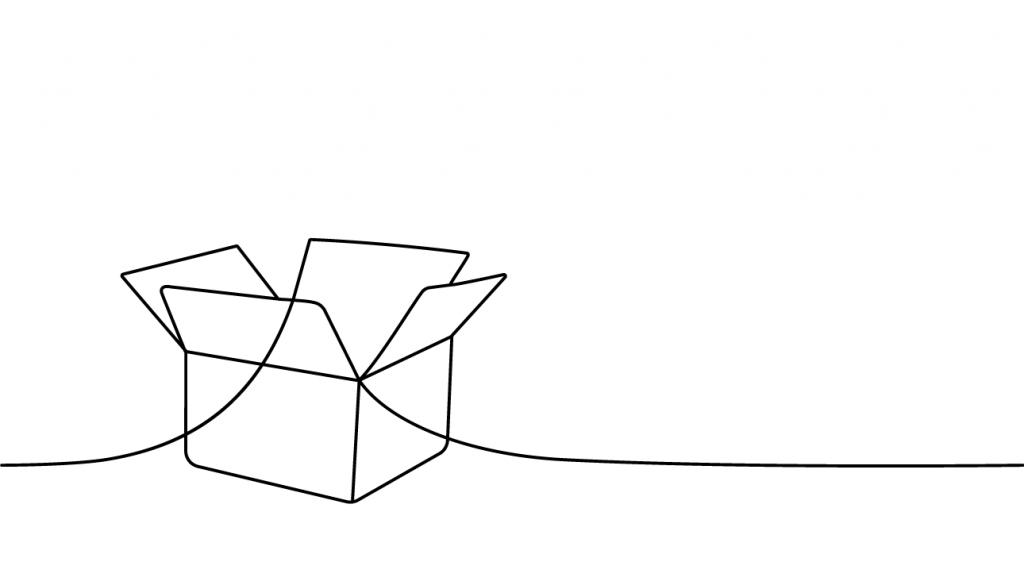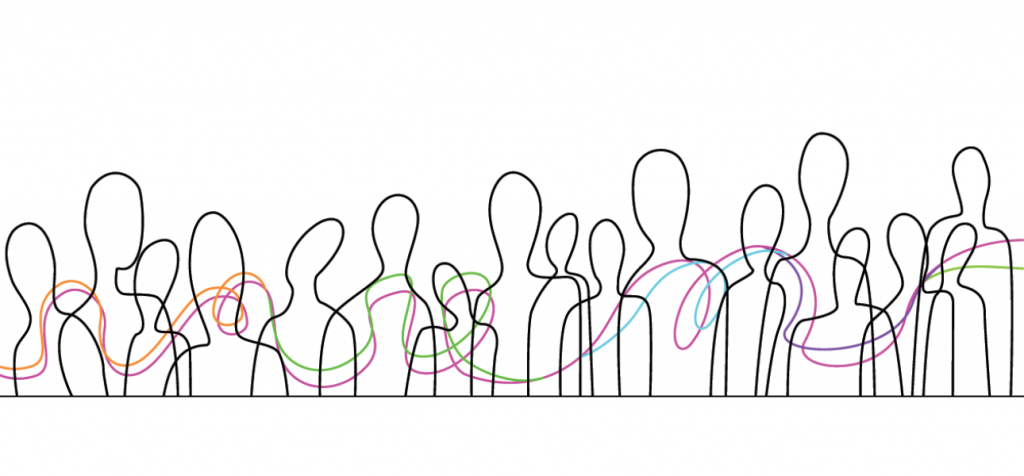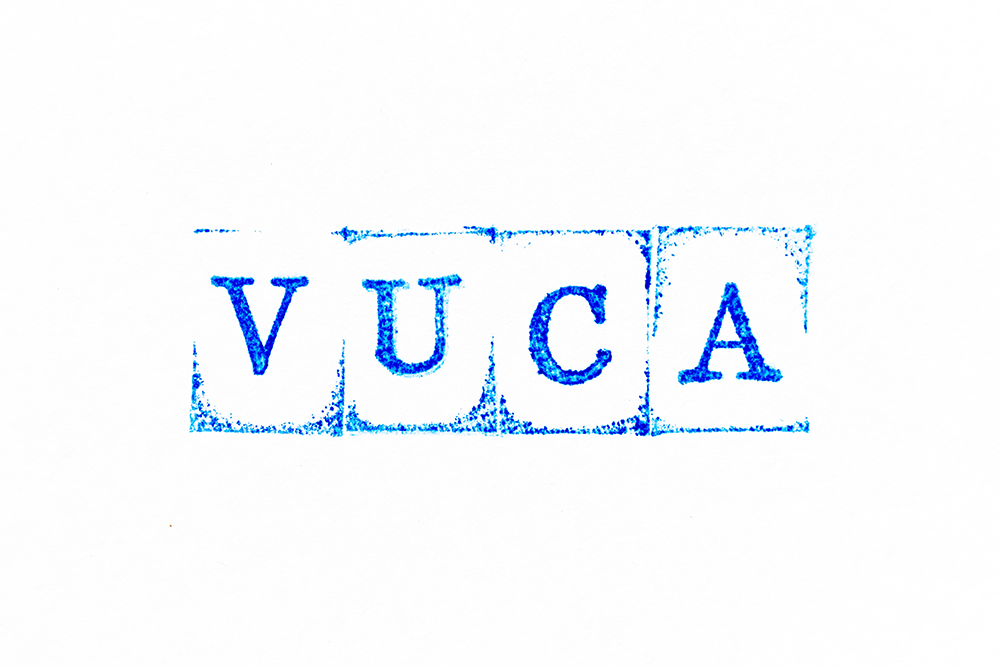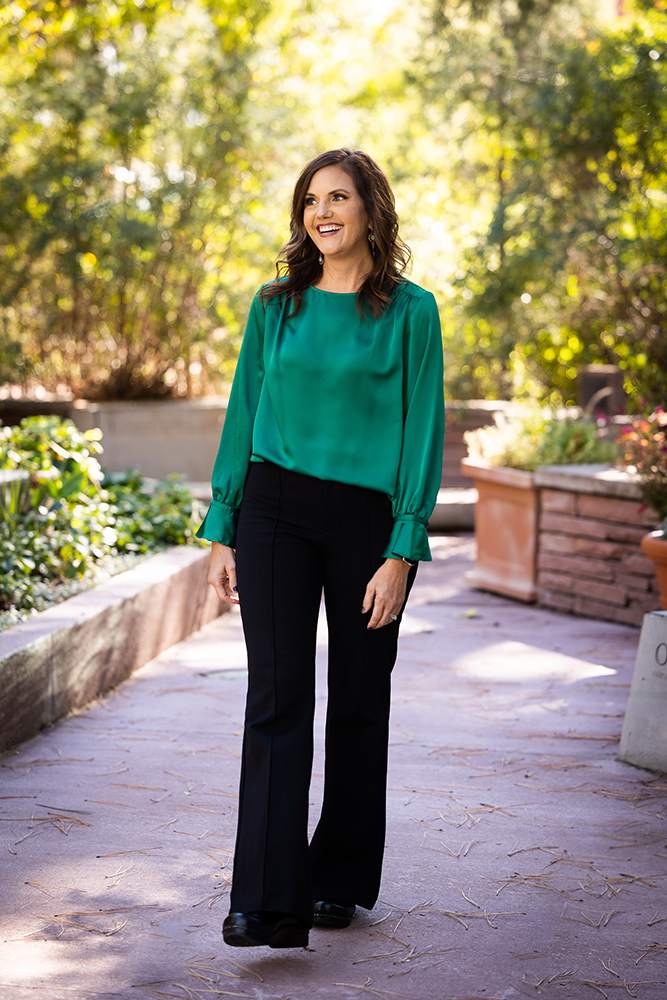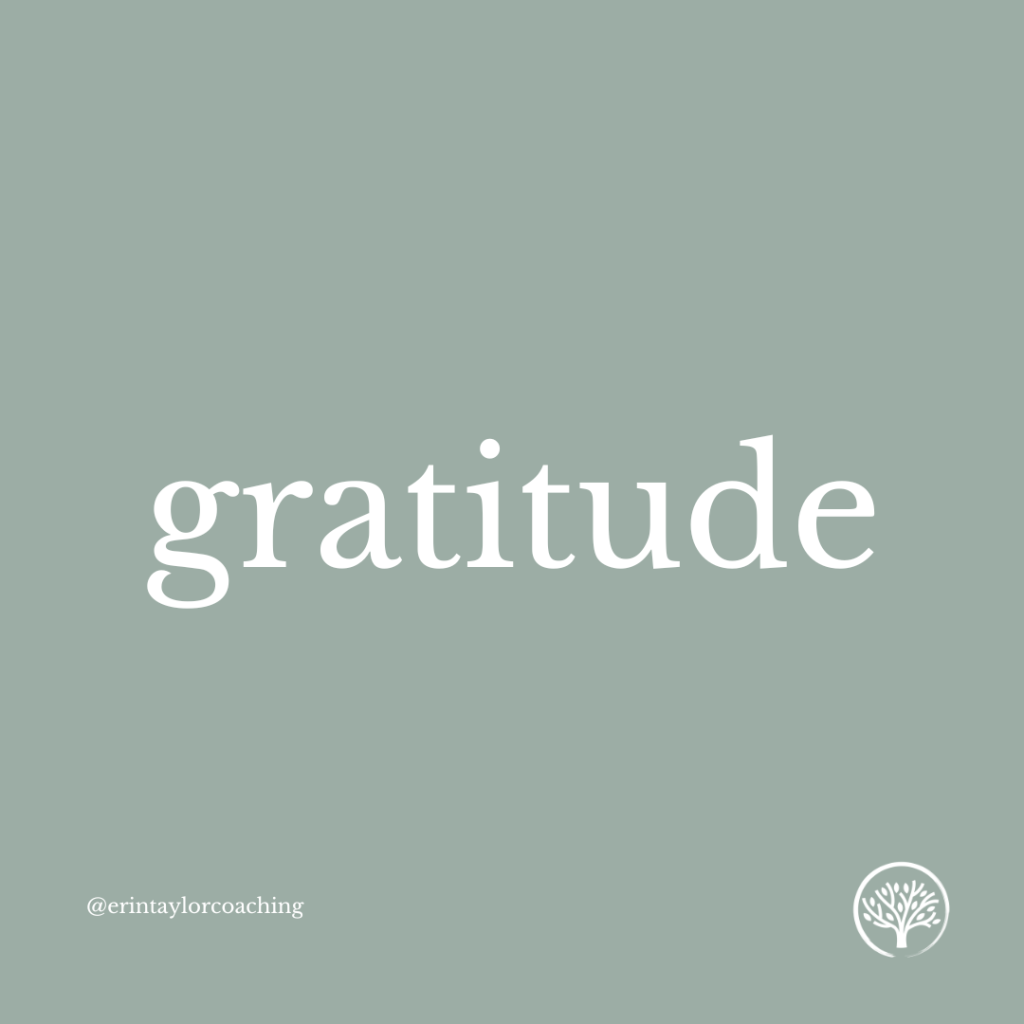
During the month of November, my family embarks on an annual tradition of practicing gratitude. We call it our “thankfuls.” It’s my job to run to the craft store to pick up a few packs of 2×8-inch colorful cardstock and Sharpie markers. They are kept in the kitchen in a basket where we can access them.
The goal is to fill the basket with something we are grateful for every day…ish. We then take turns reading them out loud at our Thanksgiving dinner. Sometimes, they are about the little things like. These can be things like I’m grateful for hockey, a walk with the dogs, or a “no-wind” day in Wyoming. Yet, inevitably, we end up reading thankfuls for what we value and cherish in each other, highlighting others’ gifts and how much we treasure them. We cry. We laugh. Sometimes our food gets cold! And while the week leading up to Thanksgiving, we joke about how much we all need to continue and get to writing, somehow, the basket always fills up.
This thankful tradition keeps giving long after the Thanksgiving holiday. We then make the thankfuls into a looped chain that dons the house in the holiday spirit for weeks to come. It’s colorful and sometimes sparkly, but we all know what’s written on those 2×8-inch cards – an annual practice of gratitude and much love!
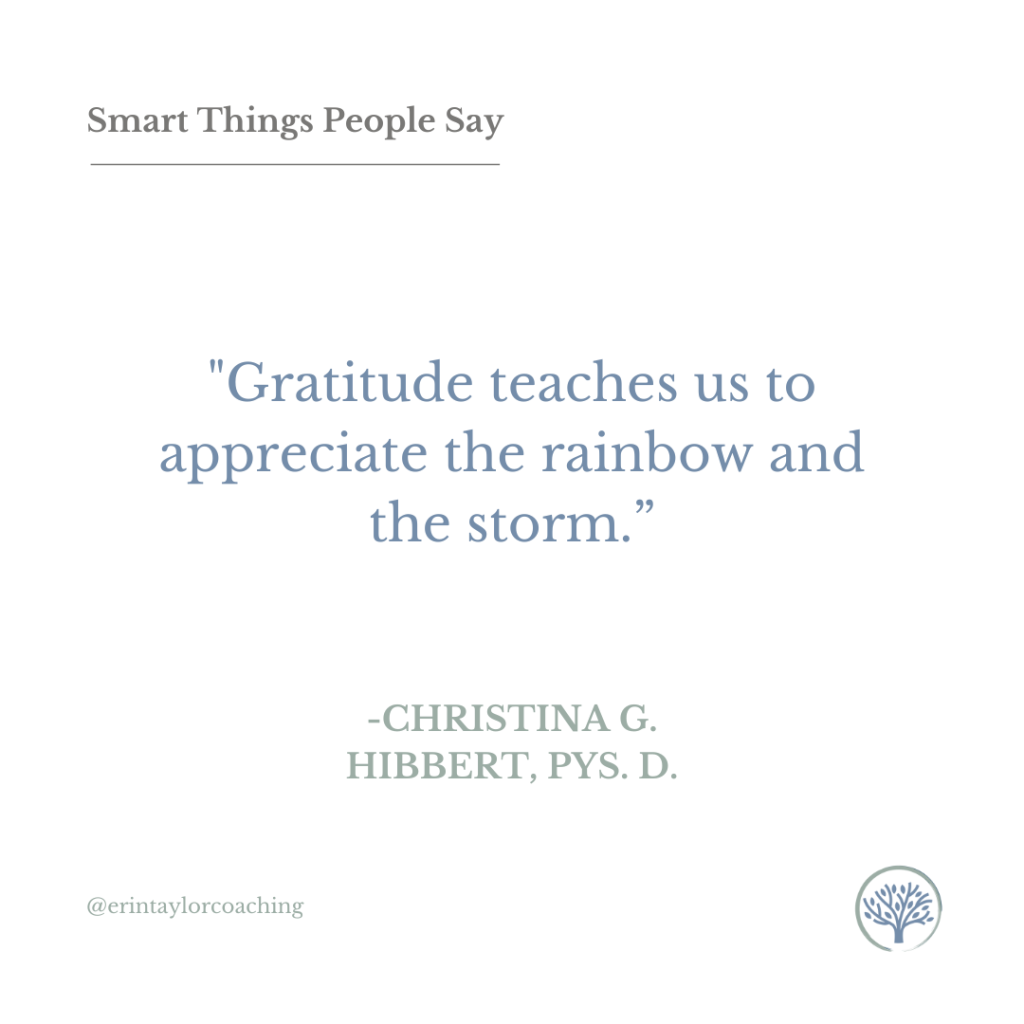
Mindful Moments
For the coming month, take the time to find three things during your day for which you are grateful. There is power to putting pen to paper. Even simply noticing it mentally is enough to start a new habit.
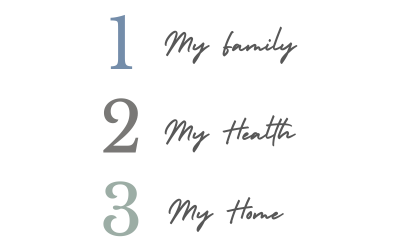
Here are a few benefits to building a gratitude practice. (I will remind you that it’s called practice for a reason):
- Improved mental health through building positive emotions and reducing depression and anxiety
- Enhanced relationships, through connection and communication
- Better physical health through stress reduction, lowering blood pressure, strengthening immunity, and better sleep
- Increased resilience by learning to cope and enhance your mental toughness
- Heightened self-esteem by building a positive self-image and confidence
- Being more present in the moment by shifting focus to what’s happening how
- Increased empathy by learning to appreciate others
- Building long-term happiness by learning to be more generous with others, building satisfaction and happiness within you
